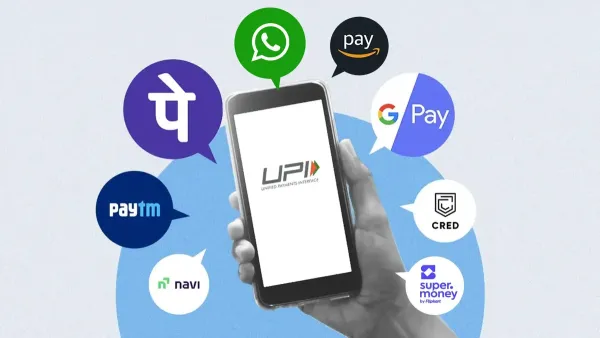
The National Payments Corporation of India (NPCI) has made a landmark decision by lifting the user cap for WhatsApp Pay, allowing it to offer UPI services to its entire Indian user base of over 54 crore. This move is set to shake up the digital payments market, introducing fresh competition and paving the way for further innovation. Here’s an in-depth look at what this means for the UPI ecosystem and users.
Credits: trak.in
When WhatsApp Pay first entered the UPI market in 2020, its user base was restricted to one million as part of a phased rollout. The cap was gradually increased to 100 million by 2022, but the NPCI’s latest decision removes all barriers. With UPI now a stabilized and robust payment infrastructure, the NPCI has expressed confidence in WhatsApp Pay’s ability to scale.
Under this new framework, WhatsApp Pay must continue to adhere to UPI guidelines for Third-Party Application Providers (TPAPs), ensuring security, user data privacy, and transaction reliability.
The initial caps were imposed to manage the rollout carefully and prevent undue strain on the banking infrastructure. UPI’s meteoric rise in transaction volumes made this cautious approach essential. However, the ecosystem’s current maturity and stability have prompted the NPCI to lift these limits, signaling confidence in the system’s ability to handle increased activity.
As a feature integrated directly into the messaging app used by over 54 crore Indians, WhatsApp Pay has a unique edge. Its accessibility and ease of use can drive adoption in demographics that may not yet be fully engaged with digital payments. WhatsApp’s widespread presence in Tier 2 and Tier 3 cities makes it a strong contender for expanding the reach of UPI beyond metropolitan hubs.
This move aligns with India’s vision of financial inclusion, as WhatsApp Pay could simplify digital payments for users who are new to such platforms.
UPI is a cornerstone of India’s digital economy, processing over 13.1 billion transactions in November 2024 alone. Dominated by PhonePe (47.8% market share) and Google Pay (37%), the market has seen rapid growth but remains open to new players.
The deferment of market share caps until December 2026 by the government has offered temporary relief to these incumbents. At the same time, it’s given challengers like WhatsApp Pay the opportunity to carve out their space.
Other competitors, including Paytm, Cred, Navi, and Amazon Pay, are also vying for a share of the market. With WhatsApp Pay’s expanded user base, the competition is poised to heat up, which could ultimately benefit consumers.
The intensifying competition among UPI platforms is great news for users. Here’s why:
While the opportunity is immense, WhatsApp Pay faces several challenges:

Credits: Entrackr
The lifting of restrictions on WhatsApp Pay marks a significant milestone in India’s digital payments journey. As WhatsApp Pay gears up to leverage its massive user base, the UPI ecosystem is set to become even more competitive. This could spur unprecedented growth, innovation, and benefits for users.
For WhatsApp Pay, the road ahead is both challenging and promising. Its success will depend on its ability to scale efficiently, win user trust, and offer unique value propositions that differentiate it from existing players.